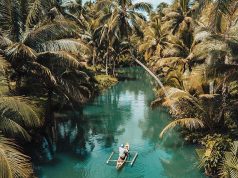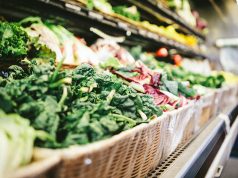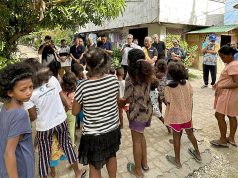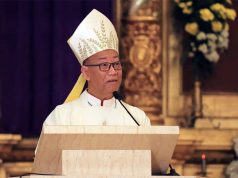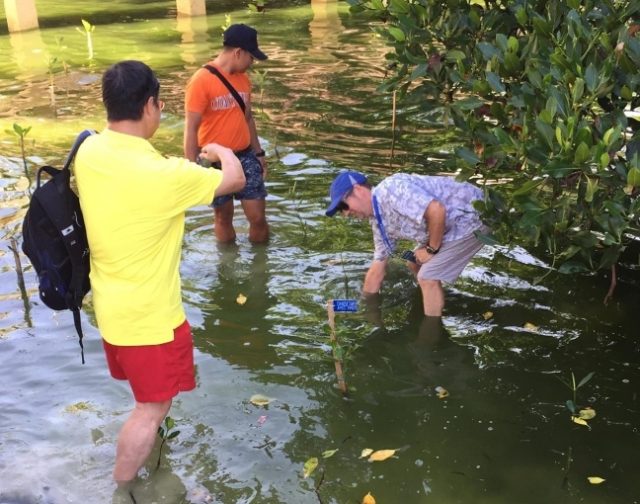
Urban and environmental planners, led by the Philippine Institute of Environmental Planners (PIEP) and the Alliance for Safe, Sustainable & Resilient Environments (ASSURE), on Thursday sounded the alarm on the environmental deterioration of the popular resort island, Boracay.
In a press release, PIEP and ASSURE claimed that the world-famous tourist destination was “stagnating, marked by over-development, congestion, environmental degradation, and decreasing popularity.”
They were concerned by the future of the island in the face of news articles and social media posts about the island’s wastewater and solid waste management problems.
They noted that travel bloggers had written about their experience in Boracay, with some even calling it the “worst island” they’d been to, and the “worst tourist trap in the Philippines”.
The organizations added that returning visitors said the beach was not as clean and pristine as it used to be.
PIEP and ASSURE expressed worry about the “potentially catastrophic” impact of the island’s conditions not only on tourism, but on the residents’ and visitors’ health, safety, and well-being.
They urged the government and other stakeholders to immediately craft and implement a solution to save the island.
“Effective management of Boracay’s growth and development must render particular attention to the island’s environmental carrying capacity,” they said.
“Considering the rapidly increasing volume of visitors to Boracay, combined with the lax management of its environment, the capacity of the island to sustain its residents’ and businesses’ health, safety, and well-being is under serious threat of being exceeded and thus may subsequently result in decline,” they explained.
They cited the tourism office of the Municipality of Malay as reporting that tourist arrivals were rising at about six percent a year. In 2016, the Department of Transportation reported that the destination received 1.7 million tourist arrivals, or an average of 4,700 visitors a day. This number was 11 percent higher than in 2015, PIEP and ASSURE noted.
“The Malay tourism office also predicts that the number of tourist arrivals will further increase with the expected visit of cruise ships,” they added.
The organizations gave the following recommendations:
1. Enforcement of the environmental and sanitation ordinances that Boracay already has.
2. Immediate installation of wastewater treatment facilities and/or connection to the sewage treatment plant by hotels, business establishments, and residences.
3. Promotion of, and support for, the adoption of ecologically responsible behavior by residents and tourists.
4. An immediate collaborative assessment of the ecological carrying capacity of the island in order to establish a mutually beneficial course of action and standards for sustainable tourism.
5. The convening of a consultation workshop among Boracay’s major stakeholder groups to be organized by the Provincial Government of Aklan and the Municipal Government of Malay at the earliest possible time to craft an immediate action plan.




